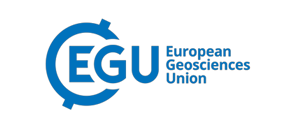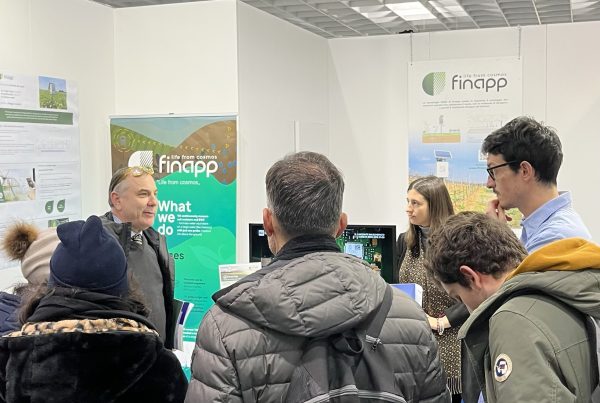
Cosmic Rays Neutron Sensing (CRNS) enables the measurement of water content through the absorption of cosmogenic neutrons, eliminating the need for an artificial radioactive neutron source. While the exploitation of a naturally available source of radiation is a fundamental feature that allows the widespread deployment of permanent sensors on-field, it introduces the need to monitor the natural variation of the incoming radiation to correct the signal accordingly. Critically, this so-called incoming correction is site-specific, being affected by the geomagnetic cutoff rigidity parameter (Rc), which strongly depends on latitude. The correction is usually performed using data from Neutron Monitor DataBase (NMDB) observatories and applying scaling factors to account for different Rc in the measuring sites.
Finapp developed a patented detection technology with the feature of contextually detecting neutrons and muons. Muons are also generated by cosmic rays, but they are not backscattered by the soil like neutrons, which makes them suitable for monitoring the incoming flux itself. To enable a site-specific comparison between muon count variations (measured by Finapp) and cosmic neutron counts (from NMDB observatories), a sensor was installed at the NMDB-JUNG site in January 2024, and one at the NMDB-OULU site in October 2024. Here we report an optimization of atmospheric correction factors applied to the muon count rates.








